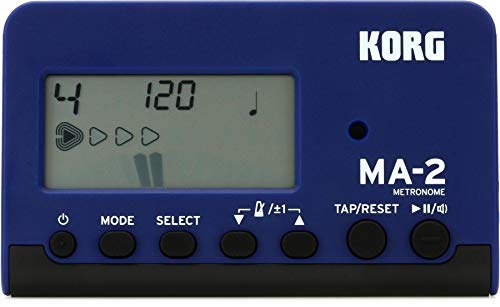The Basics of a Metronome
A metronome is a device that produces an audible beat at a set tempo to help musicians keep time when playing music. It is typically a small electronic or mechanical device that can be adjusted to produce beats per minute (BPM) ranging from 40 to 208. Metronomes come in various shapes and sizes, from traditional pendulum-style devices to digital metronomes with advanced features like multiple rhythms and sound options.
The Role of a Metronome in Music Practice
Metronomes are commonly used in music practice and rehearsals to help musicians develop and improve their timing and rhythm. By providing a consistent beat, the metronome helps players stay on tempo and develop a more precise sense of timing. Additionally, metronomes can help musicians build speed and accuracy by gradually increasing the tempo over time. Use of a metronome is particularly common in classical music, where precise timing is critical for ensemble playing.
Metronomes in Music Performance
In addition to music practice, metronomes can also be useful in music performance. Orchestras and bands often use a conductor as a metronome, but solo musicians or small ensembles may find it useful to use a metronome in performance as well. This helps them maintain a consistent pulse and coordinate tempo changes, particularly in more complex pieces of music. However, some musicians prefer not to use a metronome in performance as they find it restrictive and prefer to rely on their internal timing.
Types of Metronomes
As mentioned earlier, metronomes come in different types. Mechanical metronomes are the most traditional type, with a swinging pendulum that produces a clicking sound. Digital metronomes use electronic circuitry to produce a range of sound effects and rhythm options, including drum beats, accents, and time signatures. Mobile apps are another popular way of accessing a metronome, particularly for younger musicians who may not have access to a physical device. They offer various customization options, including a range of instrument sounds and colors.
The Bottom Line on Metronomes
Whether you are a beginner practicing a new piece or an experienced musician rehearsing for a performance, metronomes can be a valuable tool for improving your timing, rhythm, and overall musicianship. However, it’s important to remember that metronomes are just one part of a comprehensive music practice routine and should not be relied upon exclusively. Use them in combination with technique exercises, sight-reading drills, and ear training exercises to develop a well-rounded approach to music practice.






